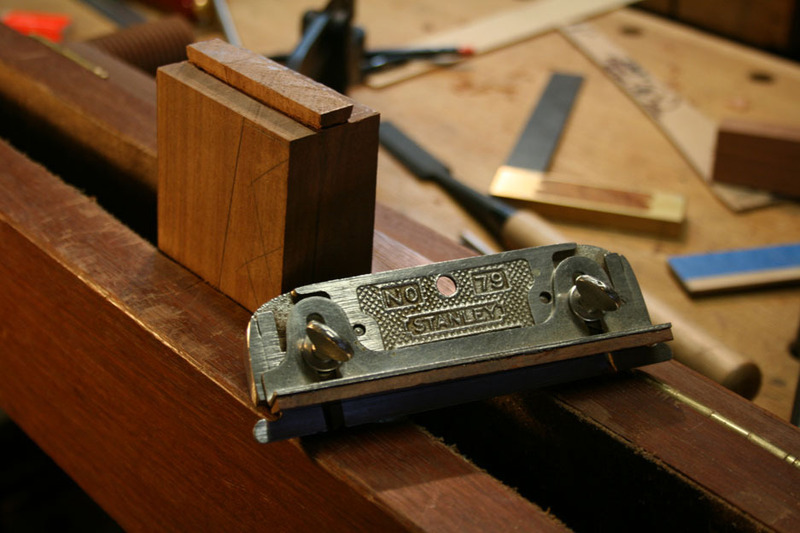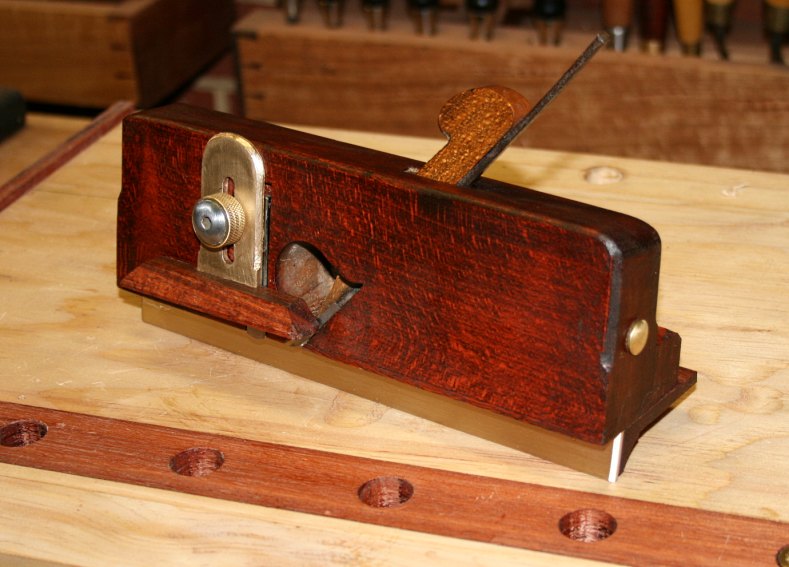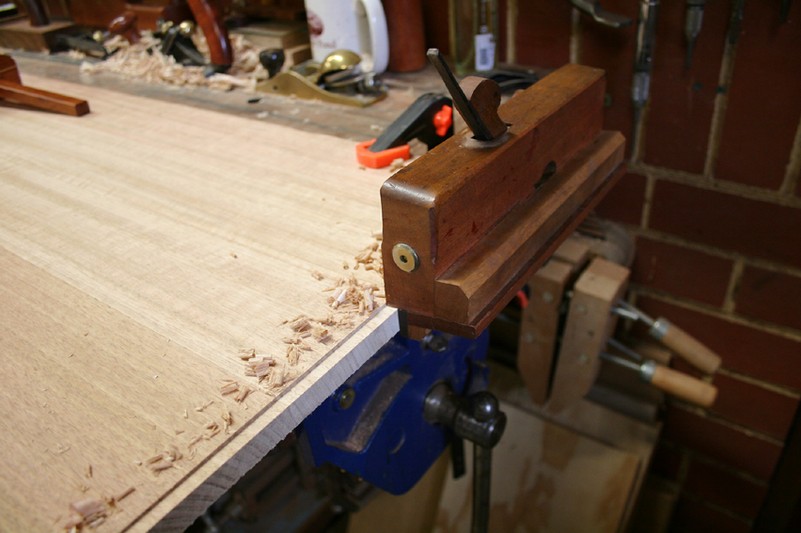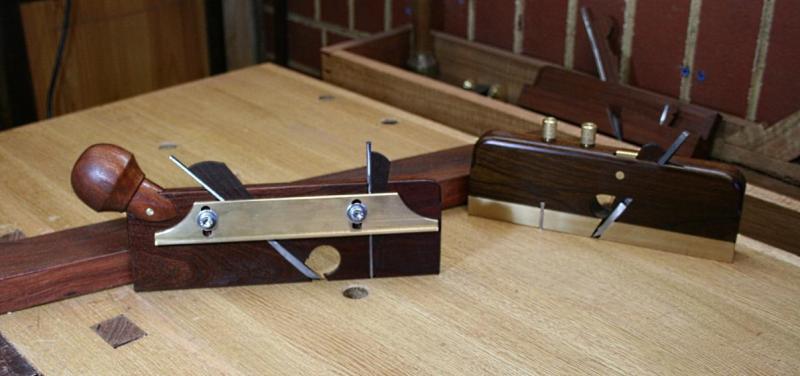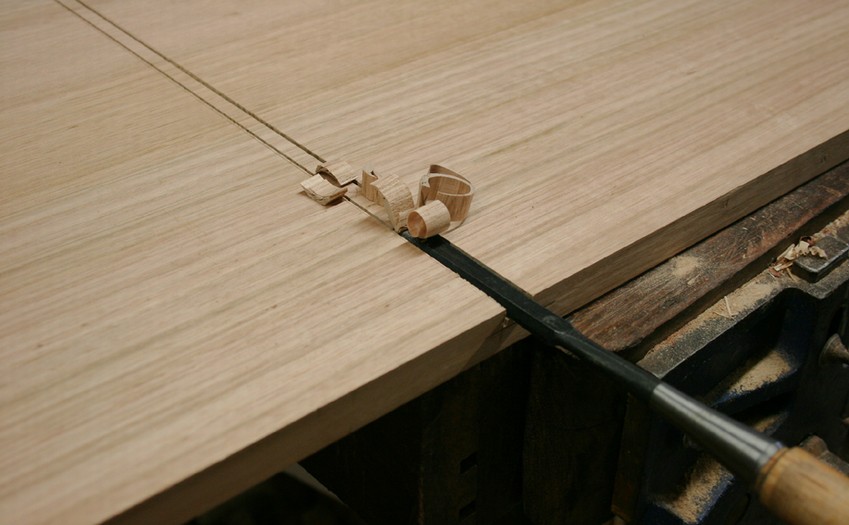The HNT gordon is the same in that technically it can do both sides of the joint, however I find that a dedicated plane specifically made for cutting the male side of the dovetail does a much better job of it, cutting a crisp shoulder due to the nicker.
I'm defaulting to your preference on the side rabbet planes, I use the HNT Gordon, but I have not used the stanley. You have you used both and maintain that the stanley plane is the better of the two. Frankly, I'm not convinced of that, but given that you have used both I'm happy to default to your preference and if I were buying tools for the job now (as opposed to already owning them), I would be interested in tracking down a well kept 79.
I've cut 10 full panel (ranging from 15" to 19" wide), wide shouldered sliding dovetails in the past few weeks, all of which are nice and tight and exist without the need for additional support. So my work will not benefit from a change in planes. For someone starting now, with their options wide open, it's a nice to consider additional options.
Last edited by Brian Holcombe; 01-31-2017 at 10:59 AM.
Bumbling forward into the unknown.





 Reply With Quote
Reply With Quote
